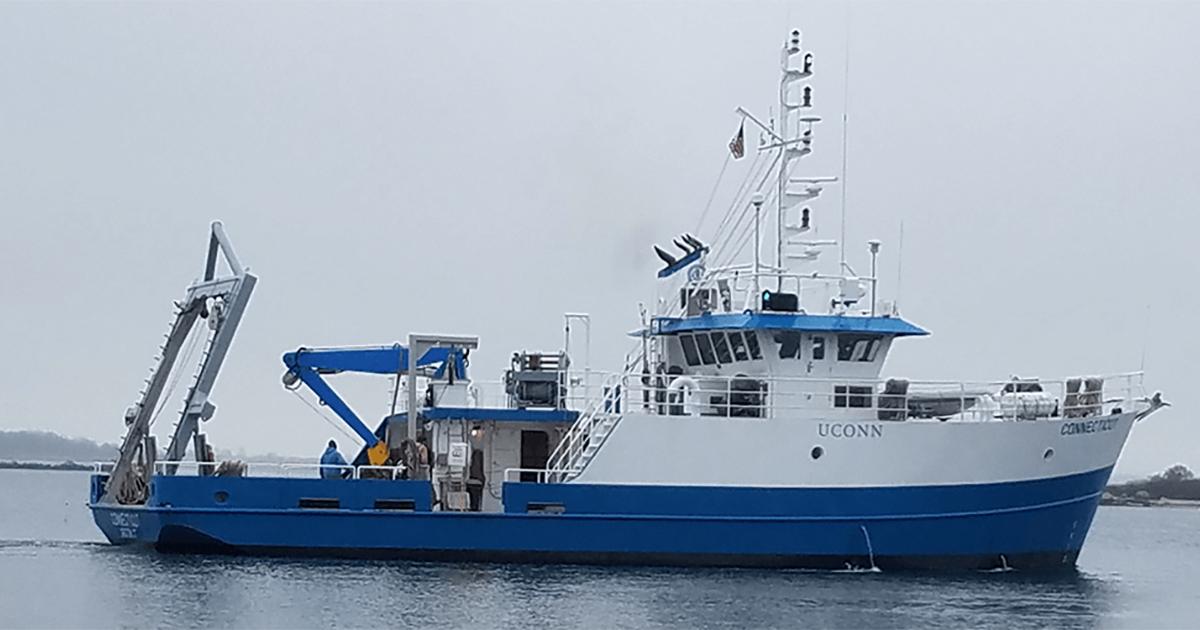NOAA, Woods Hole, Partners, to Conduct Live-Streaming ROV Exploration

From Sept. 17 to 19, scientists from NOAA’s Office of National Marine Sanctuaries, Woods Hole Oceanographic Institution and Marine Imaging Technologies will explore the shipwreck SS Portland, which sank in a gale in 1898 in waters now part of Stellwagen Bank National Marine Sanctuary. The public will be able to watch in real time as remotely operated vehicles (ROVs) livestream the mission.
During the mission, a variety of innovative marine technologies, including a cinema-class ROV, will be deployed to survey and document the Portland and the marine species that contribute to the sanctuary's biological heritage. The expedition is part of NOAA’s mission to deepen understanding of national marine sanctuaries and inspire the next generation of innovators, explorers and scientists.
![]() ROV Pixel is a cinema-class remotely operated vehicle. Image: Marine Imaging Technologies
ROV Pixel is a cinema-class remotely operated vehicle. Image: Marine Imaging Technologies
Researchers will employ a variety of innovative marine technologies during this interdisciplinary expedition. Pixel, a cinema class remotely operated vehicle (ROV) and Rover, an ROV equipped to collect samples from the seafloor, will assist exploration. The team will also assemble three-dimensional photogrammetric models to measure and assess the condition of the wrecks, and will capture 360° video to create virtual underwater tours of these unique and historic sites. A live telepresence link from ship to shore throughout the expedition will also give students and the public a rare behind-the-scenes look at an oceanographic research expedition in action.
The primary archaeological goal of the expedition is to assess the current state of several of the more than 200 wrecks in the sanctuary. Target wrecks include the steamship Portland and the coal schooners Frank A. Palmer and Louise B. Crary. These surveys will help marine historians better understand the last moments aboard each ship before it sank, as well as the factors contributing to their gradual change over time.
In addition to providing a window into the region's rich maritime history, these wrecks are home to a vast number of marine species that contribute to the sanctuary's biological heritage. The primary biological research goal for this mission is to document the diversity and abundance of species that live on these wrecks. Scientists will then compare what lives on each of the shipwrecks to live on natural hard-bottom eco systems elsewhere in Stellwagen Bank National Marine Sanctuary.
Live programs will air each afternoon, giving viewers the opportunity to interact directly with members of the expedition team and to learn about the unique relationship between the human and natural world of Stellwagen Bank National Marine Sanctuary. Classrooms around the country also will be connecting with these team members through two-way communication, allowing students to dive deeper into the expedition. Check out this website to learn more.

